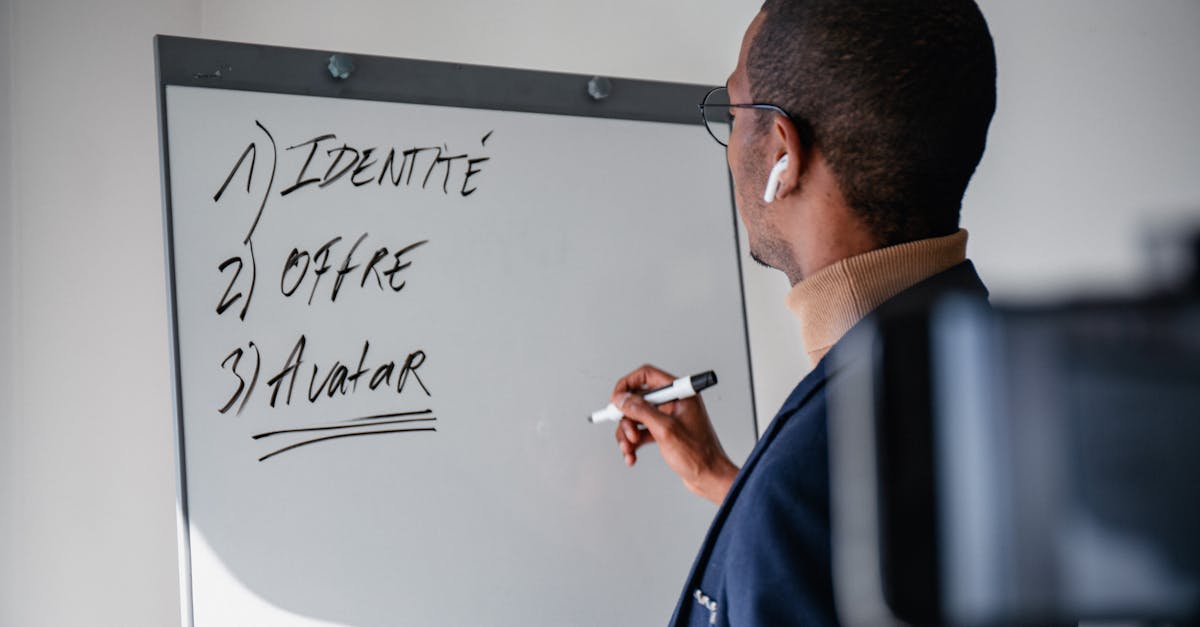In a world where the ordinary is often celebrated, creative thinking skills stand out like a unicorn in a herd of horses. These skills aren’t just for artists or inventors; they’re the secret sauce that can transform everyday problems into opportunities for innovation. Imagine solving a complex issue with the same flair as whipping up a gourmet meal from leftovers. That’s the magic of creative thinking!
Whether you’re brainstorming at work or trying to impress your friends with a clever solution to a mundane dilemma, honing these skills can make all the difference. It’s not just about thinking outside the box; it’s about realizing there is no box at all! Embrace the quirky, the unconventional, and get ready to unlock a world of possibilities that’ll leave everyone wondering how you did it. Who knew creativity could be this much fun?
Table of Contents
ToggleUnderstanding Creative Thinking Skills
Creative thinking skills encompass the ability to approach challenges with originality and innovation. These skills empower individuals to generate unique solutions and novel ideas across various contexts.
Definition and Importance
Creative thinking refers to the mental process of generating new ideas or concepts. This skill is crucial in problem-solving situations, allowing individuals to see problems from different angles. In today’s fast-paced world, organizations value these skills for promoting innovation and adaptability. By fostering a culture of creativity, businesses can enhance their competitive edge and drive success. Employees equipped with creative thinking skills can tackle challenges effectively, streamline processes, and improve overall productivity.
Characteristics of Creative Thinkers
Creative thinkers exhibit several key characteristics that distinguish them from others. They demonstrate curiosity, always asking questions and exploring new possibilities. Flexibility marks their approach, allowing them to adjust ideas during the creative process. Open-mindedness plays a significant role, as they actively consider different perspectives and solutions. Persistence is essential; creative thinkers remain dedicated, even when faced with obstacles. Lastly, collaboration with others often enhances their creative output, as diverse viewpoints lead to richer ideas.
Techniques to Enhance Creative Thinking Skills
Enhancing creative thinking skills involves employing various strategies that stimulate innovation and imagination.
Brainstorming Methods
Brainstorming serves as a powerful tool for generating ideas in a group or individually. Utilizing techniques like free writing allows individuals to jot down thoughts without judgment. Another effective method, round-robin brainstorming, encourages participants to share ideas in rotation, ensuring equal contribution. Engaging in lightning rounds, where quick idea generation occurs under time constraints, promotes rapid thinking. Mindful inclusion of diverse perspectives during brainstorming sessions often yields richer ideas. Documenting every suggestion, regardless of its feasibility, ensures that no potential innovation is overlooked.
Mind Mapping Strategies
Mind mapping serves as an effective strategy for organizing thoughts visually. Starting with a central concept, individuals can branch out to related ideas, creating a structured overview of their thoughts. Utilizing colors and images enhances engagement and memory retention. Incorporating digital tools helps streamline the process and facilitates easy modifications. Group activities can improve collaboration, as participants combine individual mind maps into a collective idea map. Revisiting and revising mind maps fosters ongoing creativity, allowing for deeper exploration of concepts as ideas evolve over time.
The Role of Creative Thinking Skills in Problem-Solving
Creative thinking skills play a crucial role in identifying and solving problems effectively. They enable individuals to approach challenges with fresh perspectives and innovative strategies, essential in today’s dynamic environment.
Applications in Various Fields
Creative thinking finds applications across diverse fields such as education, healthcare, business, and technology. In education, teachers employ creative methods to engage students and foster critical thinking. Healthcare professionals utilize inventive approaches to enhance patient care and streamline processes. Businesses leverage creative strategies for product development, marketing initiatives, and improving customer experiences. Technology companies implement creative solutions to address complex problems and achieve breakthroughs in innovation. Each sector reaps the benefits of creativity, leading to improved outcomes and greater efficiency.
Case Studies of Successful Creatives
Successful creatives exemplify the impact of innovative thinking in problem-solving. Steve Jobs transformed the technology industry with his visionary ideas at Apple, driving advancements and creative product designs. J.K. Rowling demonstrated the power of storytelling by creating a global phenomenon with the Harry Potter series, captivating audiences with her imaginative world. Additionally, Elon Musk continues to push boundaries in transportation and energy with Tesla and SpaceX, revolutionizing those industries through his unconventional thinking. These case studies illustrate how creative thinkers can navigate challenges and effect significant change.
Challenges to Developing Creative Thinking Skills
Developing creative thinking skills presents several challenges. Individuals often encounter numerous obstacles that can hinder their progress.
Common Barriers
Fear of failure frequently stifles creativity. This fear can discourage risk-taking and experimentation. Strict adherence to rules may limit imaginative thinking. Additionally, routines can dull spontaneity, making it harder to generate innovative ideas. Lack of time often leads to rushed decisions, preventing thorough exploration of concepts. Insufficient motivation also contributes to a stagnant mindset, where individuals struggle to engage with creative processes.
Overcoming Limitations
Cultivating a supportive environment enhances creative potential. Encouragement from peers fosters a sense of safety when sharing unconventional ideas. Practicing mindfulness techniques can help reduce anxiety and promote relaxation. Exploring diverse perspectives often generates fresh insights, sparking inspiration. Setting aside dedicated time for brainstorming encourages exploration and reduces pressure. Prioritizing curiosity and open-mindedness serves to elevate one’s creative skills, enabling more effective problem-solving.
Creative thinking skills are essential for navigating the complexities of today’s world. By embracing these skills, individuals can unlock innovative solutions and approach challenges with a fresh perspective. The ability to think creatively not only enhances problem-solving capabilities but also fosters collaboration and adaptability across various fields.
Cultivating an environment that encourages curiosity and open-mindedness is crucial for nurturing these skills. With the right techniques and a supportive atmosphere, anyone can enhance their creative potential. As organizations and individuals prioritize creativity, they’ll likely find themselves better equipped to thrive in an ever-evolving landscape.



